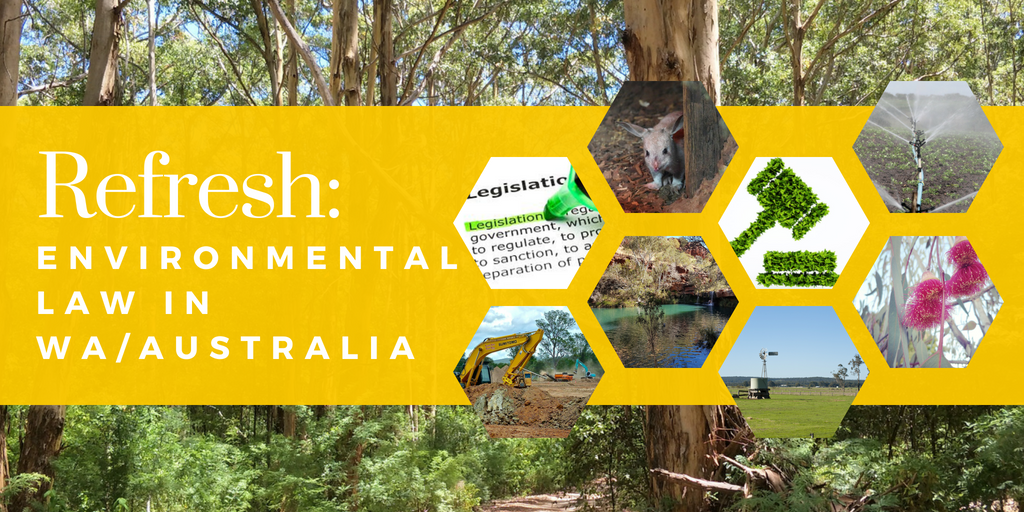Download PDF: ISPL Insight – Environmental Law in WA Australia
Businesses and communities can play an important role in environmental management, how environmental laws affect your business or activities directly is associated with the type of business and activities they undertake along with their potential impacts to the environment. Federal, State and local governments jointly administer environmental laws in Australia either directly or via bilateral agreements. Thus, it is really important that business owners and communities understand the laws that are relevant to them.
What is “environmental law”?
The term “environmental law” refers to laws for protecting soil, air, water, the oceans and biodiversity, as well as laws which protect the environment as a whole. Environmental laws can protect areas of land or ocean (such as in national parks), individual species (such as wildlife conservation laws), require environmental impact assessment (such as the environmental protection laws) be done before approvals are granted for an activity, make it an offence to harm the environment, and require people to remediate any environmental damage they cause (such as contaminated sites laws) (EDOWA, 2011).
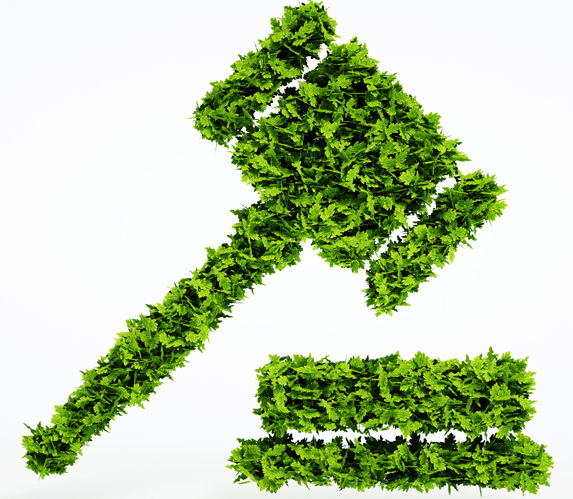 Some of the key environmental laws in Western Australia (WA) are described below. This insight does not provide information on all environmental laws but seeks to highlight the key legislation that may be relevant to communities and businesses in WA. Federal environmental laws will be addressed in a separate insight. Often acts are accompanied by Regulations which support the Act. Most administering agencies also provide Guidelines, Standards, Codes of Practice etc which may assist in determining requirements. You are encouraged to check the State Law Publisher for the most up to date legislation.
Some of the key environmental laws in Western Australia (WA) are described below. This insight does not provide information on all environmental laws but seeks to highlight the key legislation that may be relevant to communities and businesses in WA. Federal environmental laws will be addressed in a separate insight. Often acts are accompanied by Regulations which support the Act. Most administering agencies also provide Guidelines, Standards, Codes of Practice etc which may assist in determining requirements. You are encouraged to check the State Law Publisher for the most up to date legislation.
Some of the main legislation relevant to environment in WA include:
Environmental Protection Act 1986 (EP Act)
This Act provides for the prevention, control and abatement of pollution and environmental harm, for the conservation, preservation, protection, enhancement and management of the environment and for matters incidental to or connected with the foregoing. Some of the requirements under this Act include the referral of significant proposals for formal impact assessment, the requirement to obtain a clearing permits in order to clear native vegetation, the requirements to obtain works approvals and licences for some types of work, an obligation to not cause pollution, unreasonable emissions, dump/discharge waste, and environmental harm. Thus for businesses that undertake activities which may have significant impact on the environment they require a formal environmental impact assessment and approvals by the Minister for the Environment prior to commencement, and/or apply for and obtain Works Approvals and EP Act Licences to undertake prescribed activities such as PowerStation, landfill or brewery a full list of prescribed activities is provided in Schedule 1 of the EP Regulation 1987.
Biodiversity Conservation Act 2016
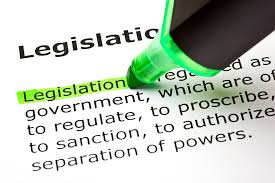 The purpose of this Act to provide for the conservation and protection of biodiversity and biodiversity components in WA; and the ecologically sustainable use of biodiversity components in Western Australia.
The purpose of this Act to provide for the conservation and protection of biodiversity and biodiversity components in WA; and the ecologically sustainable use of biodiversity components in Western Australia.
In December 2016, several parts of this came into effect. These parts cover (amongst other things): the ability for the Minister to approve “Biodiversity management programmes;” the Minister’s ability agree to “Biodiversity conservation agreements”; the ability for the Director General of Parks and Wildlife to enter into “Biodiversity Conservation Covenants” with private landholders; and the ability for the Minister to make regulations for certain matters identified in the Act. Once the Biodiversity Conservation Act comes into full effect, it will repeal the Wildlife Conservation Act 1950 and the Sandalwood Act 1929. More details on the new Biodiversity Conservation Act can be found at https://www.dpaw.wa.gov.au/plants-and-animals/468-biodiversity-conservation-act-2016.
Biosecurity and Agriculture Management Act 2007
The purpose of this legislation is to prevent new animal and plant pests (vermin and weeds) and diseases from entering WA, manage the impact and spread of those pests already present in the state, safely manage the use of agricultural and veterinary chemicals, and increase control over the sale of agricultural products that contain violative chemical residue. The key requirements of this Act include restrictions on the import and movement of declared pests and soil within WA, import permits and management plans for control of declared pests, requirements to report and control declared pests.
Bushfires Act 1954
The purpose of this Act is to make better provision for diminishing the dangers resulting from bushfires, for the prevention, control, and extinguishment of bushfires, for the repeal of the Bush Fires Act 1937 and for other purposes. Key requirements under this Act include requirements to obtain Permits to burn during high-risk fires periods, or to undertake prohibited activities such as hot works during high fire risk periods, requirements for burning on crown land and requirements by Local Government to maintain firebreaks.
Conservation and Land Management Act 1984
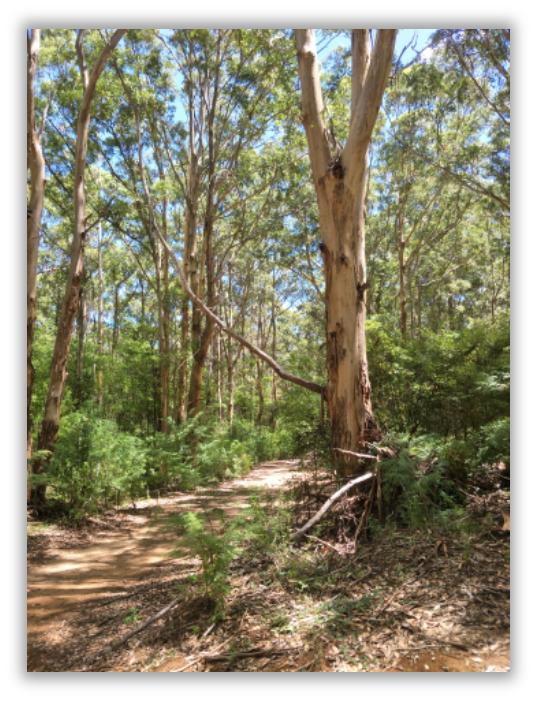 The purpose of this Act is to make better provision for the use, protection and management of certain public lands and waters and the flora and fauna thereof, to establish the responsible authority thereof, to confer functions relating to the conservation, protection and management of biodiversity and biodiversity components, and for incidental or connected purposes. This Act applies to all land/waters comprising of state forest, timber reserves, national/conservation/nature/marine parks etc. Key requirements of this Act include restrictions on activities that may be undertaken within reserves, licenses to take forest produce from public lands, and requirements for management plans for activities on public lands. This Act is administered by the Parks and Wildlife Section of the Dept. of Biodiversity Conservation and Attractions. Thus, to undertake business activities within CALM reserve DBCA will need to be consulted with and permission obtained.
The purpose of this Act is to make better provision for the use, protection and management of certain public lands and waters and the flora and fauna thereof, to establish the responsible authority thereof, to confer functions relating to the conservation, protection and management of biodiversity and biodiversity components, and for incidental or connected purposes. This Act applies to all land/waters comprising of state forest, timber reserves, national/conservation/nature/marine parks etc. Key requirements of this Act include restrictions on activities that may be undertaken within reserves, licenses to take forest produce from public lands, and requirements for management plans for activities on public lands. This Act is administered by the Parks and Wildlife Section of the Dept. of Biodiversity Conservation and Attractions. Thus, to undertake business activities within CALM reserve DBCA will need to be consulted with and permission obtained.
Contaminated Sites Act 2003
This Act provides for the identification, recording, management and remediation of contaminated sites, to consequentially amend certain other Acts and for related purposes. Under this act, all known or suspected contaminated sites are to be reported to the Depart. of Water and Environmental Regulation.
Country Water Supply Act 1947
The purpose of this Act is to safeguard water supplies, to repeal the Goldfields Water Supply Act 1902-1942, and for other incidental purposes. Under this Act, water is not to be taken from any watercourse or source of supply within a declared catchment area or water reserve without authorisation under RIWI Act and/or by DWER. Licencing requirements for land clearing in declared catchment areas also apply.
Litter Act 1979
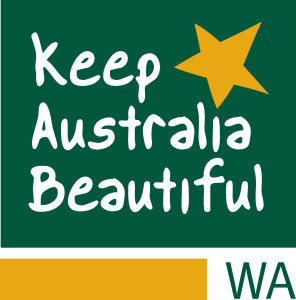 This Act makes provision for the abatement of litter, to establish, incorporate and confer powers upon the Keep Australia Beautiful Council (W.A.), and for incidental and other purposes. Littering, breaking glass, metal or earthenware and bill posting is illegal under the provisions of this Act.
This Act makes provision for the abatement of litter, to establish, incorporate and confer powers upon the Keep Australia Beautiful Council (W.A.), and for incidental and other purposes. Littering, breaking glass, metal or earthenware and bill posting is illegal under the provisions of this Act.
Mining Act 1978
The purpose of this Act is to consolidate and amend the law relating to mining and for incidental and other purposes. Under this Act, there are requirements to obtain land access tenements and land use approvals (e.g. PoW, Mining Proposals, mine closure plans etc) in order to conduct activities. The Act, regulations and tenure impose conditions on Miner and Prospectors that could result in fines and the removal of tenures if non-compliance occurs.
Planning and Development Act 2005
This Act provides for a system of land use planning and development in the State and for related purposes. Under this Act there are requirements for development to follow the state planning policies, regional planning schemes and local planning schemes. Landholder should ensure that all activities undertaken are in accordance with the requirements of the applicable Local Government local planning scheme.
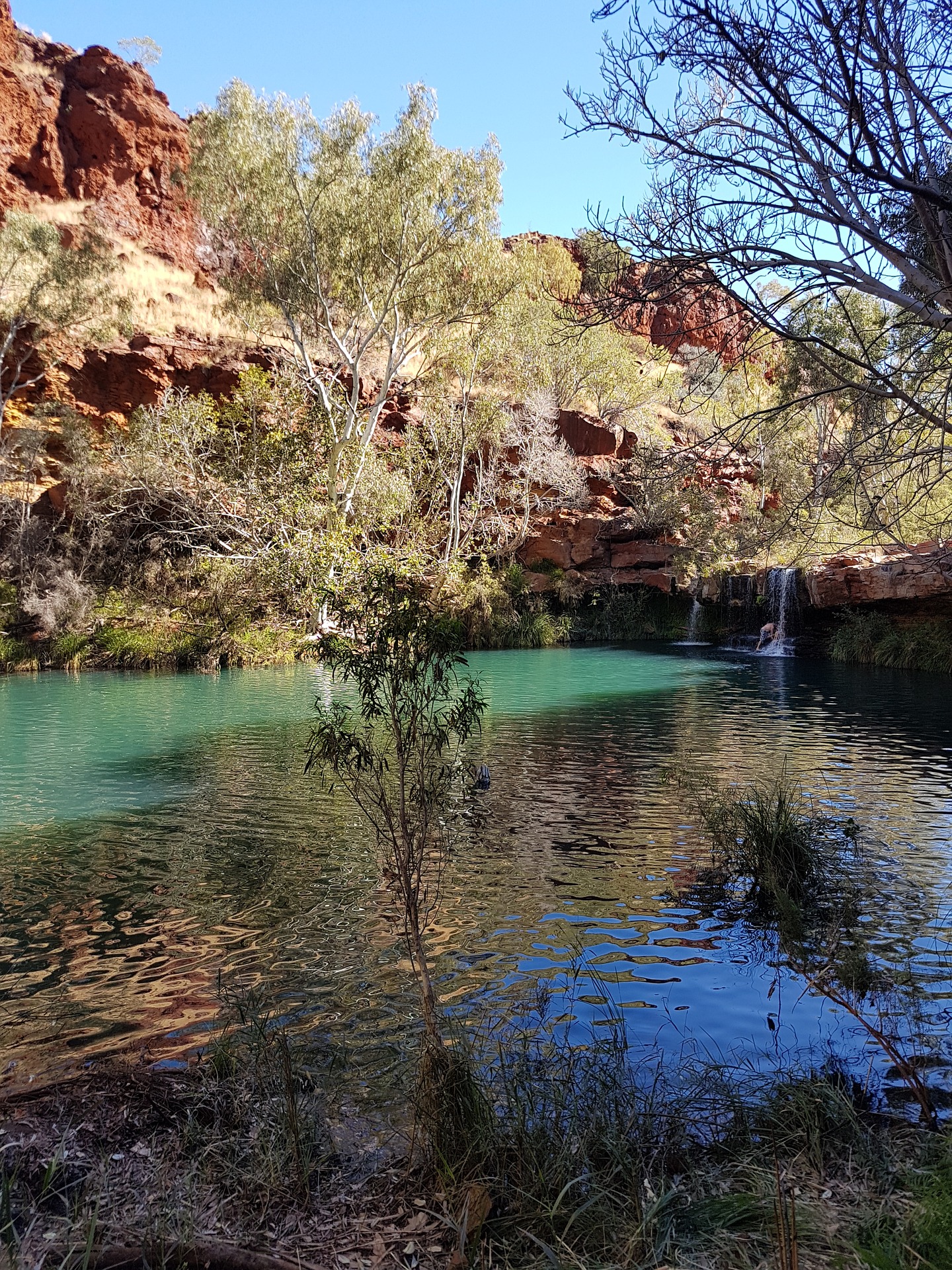 Pollution of Waters by Oil and Noxious Substances Act 1987
Pollution of Waters by Oil and Noxious Substances Act 1987
This Act relates to the protection of the sea and certain waters from pollution by oil and other noxious substances discharged from ships and places on land and for related purposes. Under the Act, pollution of waters by oil and noxious substances is prohibited and prescribed incidents must be reported.
Rights in Water and Irrigation Act 1914
This Act relates to rights in water resources, to make provision for the regulation, management, use and protection of water resources, to provide for irrigation schemes, and for related purposes. Water users in specified areas across WA must obtain permits for taking surface water, to disturbance/interference with watercourses, to construct wells/bores and to abstract groundwater. Groundwater users may also be required to prepare and abide by management plans.
Waste Avoidance and Resources Recovery Act 2007
This Act provides for waste avoidance and resource recovery; establishment of the Waste Authority, waste services by local governments; levies on waste; related and consequential matters and repeal of the Environmental Protection (Landfill) Levy Act 1998. The key requirements under this Act is the requirement to use waste collection permitted companies, be consistent with modern practice; follow local laws.
Wildlife Conservation Act 1950
This Act provides for the conservation and protection of wildlife throughout the state. Under the Act Licences are required for fauna handling. The Act also provides for protection of rare and endangered species of flora. Taking protected flora is prohibited under the act and requires licensing.
So, what does this mean?
An example of applicability of some of the above mentioned legislation is as follows. A landowner intending to clear land for agricultural purposes in the Ferguson Valley in WA may need to consider the following legislation.
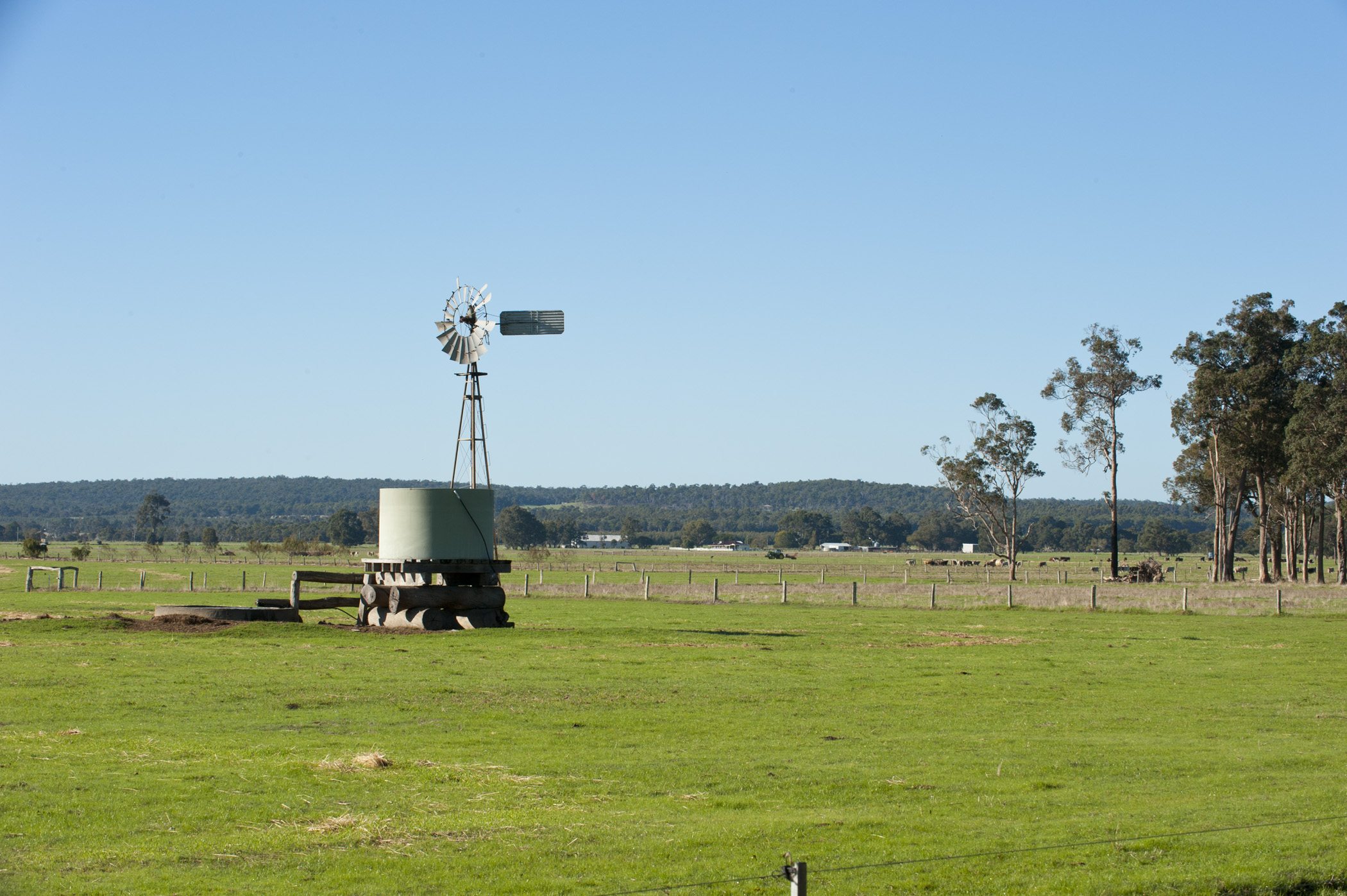
Source: Department of Agriculture and Food
Environmental Protection Act 1986
Landowners considering clearing native vegetation should consider the requirements under Part of the EP Act. Under this section there are requirements to obtain clearing permits prior to clearing native vegetation.
Depending on why the land is being cleared Part V of the EP Act also has requirements that any conduct that might cause harm or pollution to the environment may require authorisation via Works Approvals and Licences. These requirements may apply for activities such as establishment of intensive piggeries, abattoirs, milk processing, animal feed manufacturing etc. Schedule 1 of the Environmental Protection Regulations 1987 provides a full list of activities that may require works approvals and/or licensing or registration.
Country Areas Water Supply Act 1947 (CAWS Act)
LLandownersor occupiers considering clearing native vegetation in water source catchment areas should consider the requirements of this Act.
Under the EP (Clearing of Native Vegetation) Regulations 2004 that deal with the clearing of native vegetation in WA any clearing of native vegetation is primarily authorised by the granting of an EP Act permit that is administered by the Department of Environment and Water Regulation. There are, however, exceptional requirements in several key existing or potential water source catchments that have been previously proclaimed under the Country Areas Water Supply Act 1947 (CAWS Act). If the subject area is located within the Wellington Dam Catchment Area, clearing controls apply in this area under the CAWS Act
A CAWS Act Licence to Clear may be required if an EP Act exemption applies as described above or if compensation has previously been paid to retain the subject vegetation. In the latter scenario, both a CAWS Act clearing licence and an EP Act permit are required before any clearing may be undertaken.
Rights in Water and Irrigation Act 1914 (RIWI Act)
Should the same landowner require to use groundwater, they may be required to seek a 26D Licence to construct a bore under the RIWI Act 1914. They may also be required to seek a 5C Licence to take water depending on the amount of water to be extracted per annual period.
Other Legislation to be considered for this project would include:
- Biosecurity and Agriculture Management Act 2007
- Bushfires Act 1954
- Soil & Land Conservation Act 1945
- Wildlife Conservation Act 1950
- Planning & Development Act 2005
If you are in doubt of the legislative requirements for your proposed activities you can contact your Local Government office and ask. Alternatively, you can contact Integrate Sustainability at enquiries@integratesustainability.com.au. Businesses and community members are encouraged to review their legal requirements regularly to ensure compliance with relevant environmental laws. Updated copies of WA legislation can be found at State Law Publishers and ‘COMLAW’ for Commonwealth legislation.

